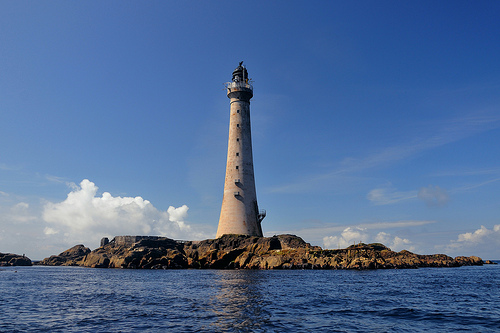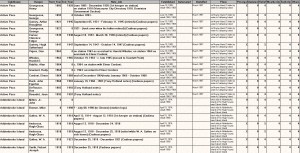 The following extracts taken from early Victoria, British Columbia (BC) newspapers are credited to Leona Taylor for her excellent work in indexing the papers. Full information can be found here: ”Index of Historical Victoria Newspapers“, 2007-09.
The following extracts taken from early Victoria, British Columbia (BC) newspapers are credited to Leona Taylor for her excellent work in indexing the papers. Full information can be found here: ”Index of Historical Victoria Newspapers“, 2007-09.
******************************
CGS Quadra, now coaling, will probably carry a representative of the Sailor’s Union to the West Coast, when she leaves on a patrol and lighthousetendering cruise about the end of the week. The Seattle Post-Intelligencer of yesterday says: “As a reward for the heroism of Mrs Minnie Paterson in sending aid to the crew of the bark Coloma, which was drifting a wreck off the Vancouver Island coast, the Masters’ and Pilots’ Assn will present her with a handsome gold medal. The inscription on the reverse side reads: “Presented by Puget Sound Harbour No 16, to Mrs Minnie Paterson, for her heroic effort in sending assistance to the bark Coloma, Dec 7, 1906, whereby the lives of 10 men were saved by Dominion Government Steamer Quadra.’
On the reverse side is the figure of a woman fighting her way through the brush with the Latin inscription meaning ‘She hastened that she might save others.” [Colonist, 1907-02-06] Continue reading Lighthouse History – 28 (1907-02-06 to 1907-06-15)








